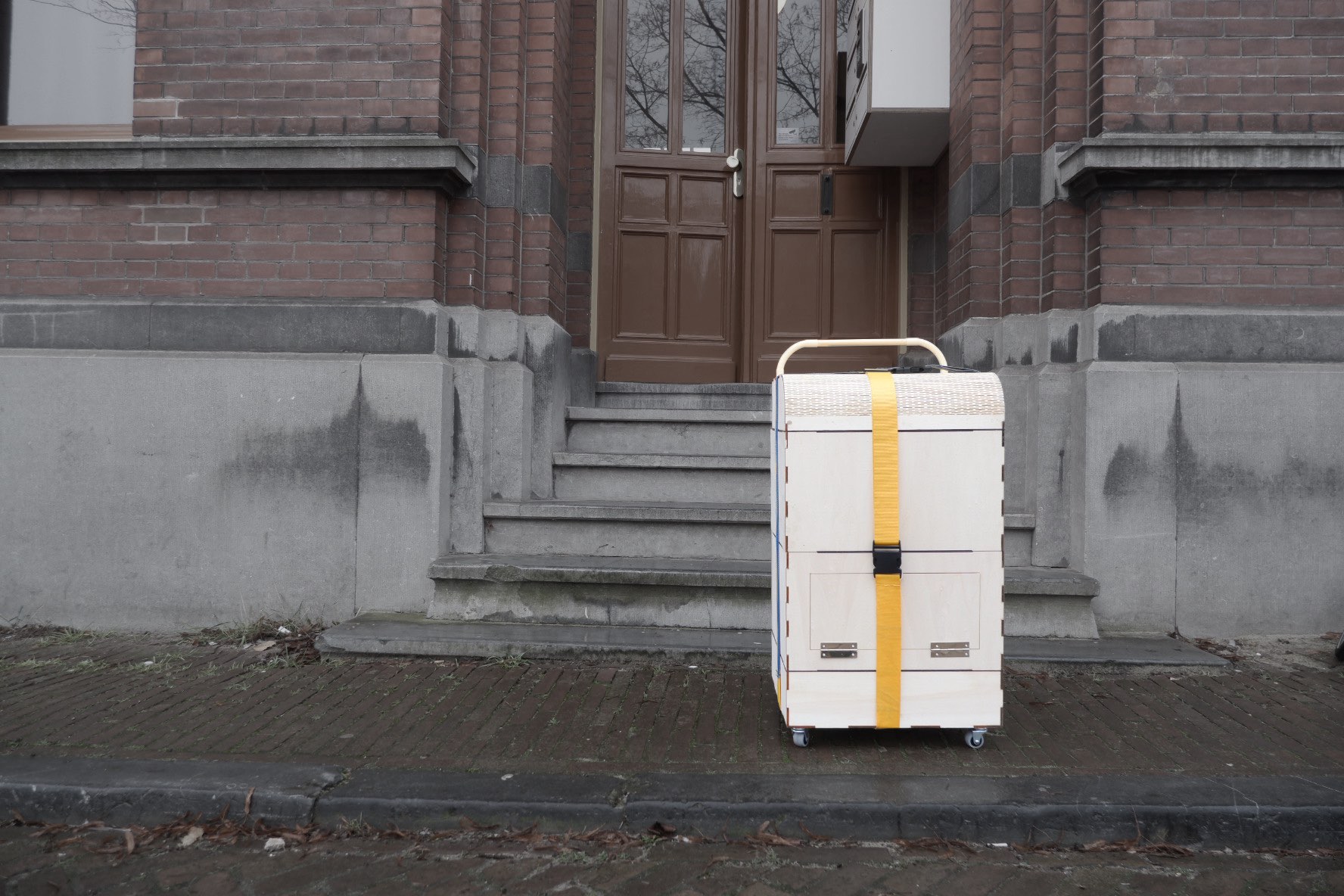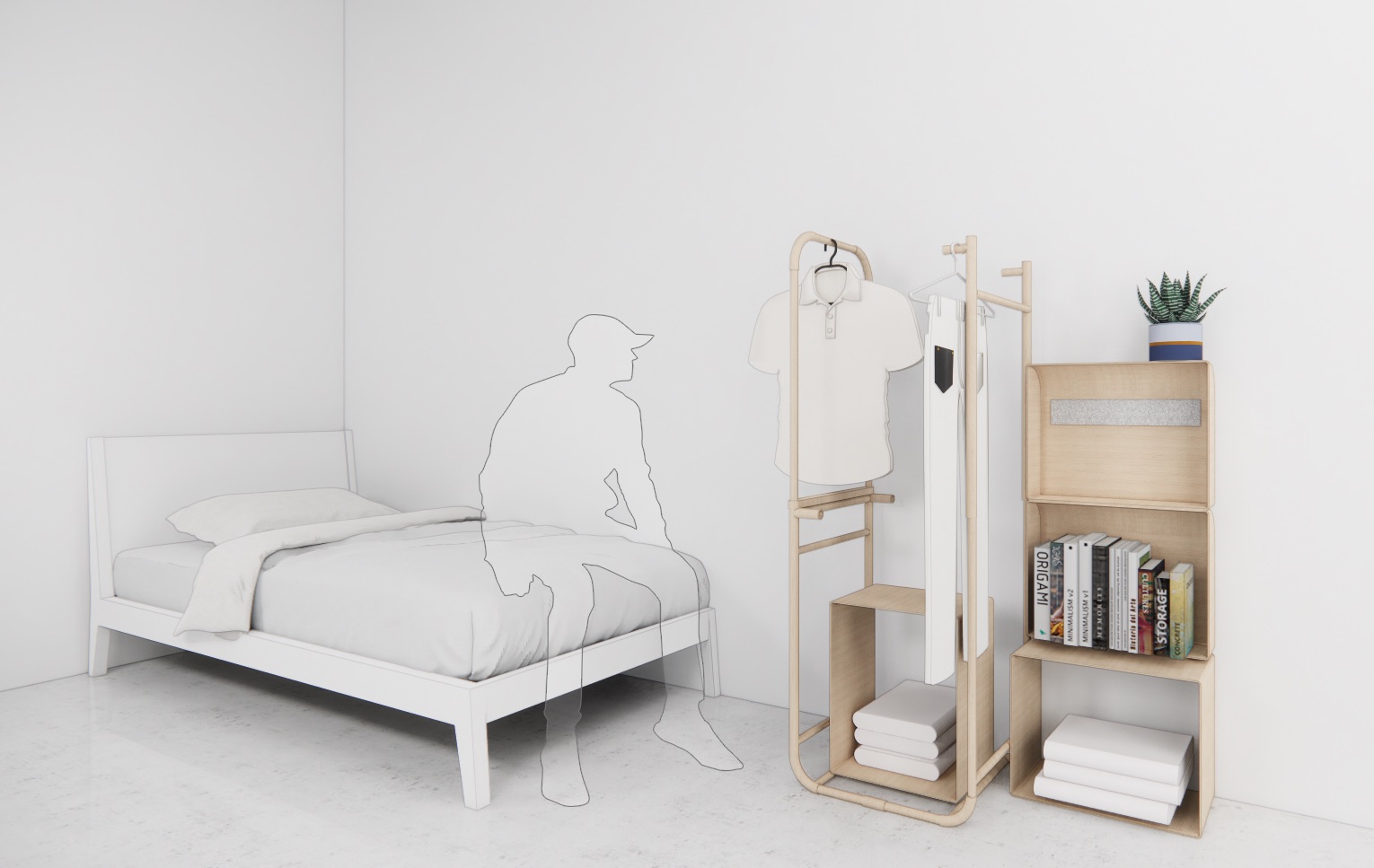
Wayhomee
A Transformable Suitcase that Can Be Turned into Furniture for the New Nomadic Lifestyle
Under the theme of “Nature(s)” in the Exploring Interaction course, this project focused on the human nature of “Finding a place to live” for all of us. The lack of housing in the Netherlands, along with my personal experiences of temporary accommodation and the resulting anxiety as a foreigner, prompted me to investigate how international students cope with similar challenges and how their lifestyles can be improved.
The project reimagines the concept of “home” from a different perspective, offering potential insights into a nomadic lifestyle beyond housing issues.
Category
Academic / Individual
Type
Interior / Product / User Experience
Scale
450 x 360 x 740 (W x D x H, mm)
Period
Sep. 2021 – Jan. 2022
what I did
User Interview, Ideation, Insights, Concept Design, Prototyping, Evaluation
Supervised by
Wouter van der Hoog
Satyendra Parkale
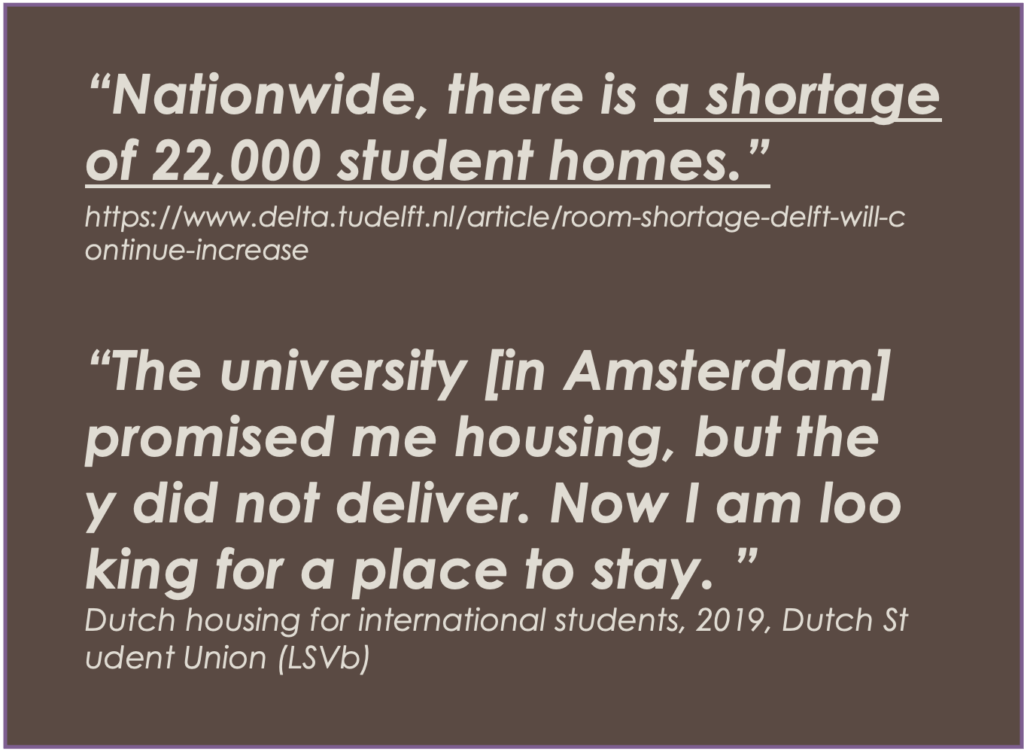
Suffering from finding homes for international students
The lack of housing is a huge issue for international students. In particular, new expats have to take on all the anxiety and uncertainty until finding a house. As an expat and international students, the anxiety triggered this topic, and I started to explore how international students feel while living in temporary housing and how to improve their lifestyles.
Design Process
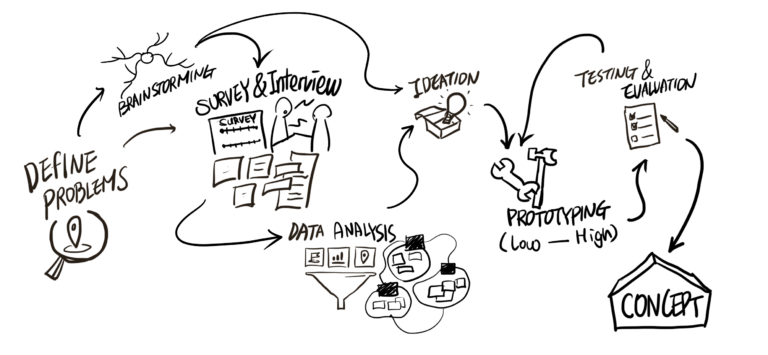
How might we help international students who move in temporary housing to feel being at home?
64.5% of international students have experienced living somewhere temporarily.
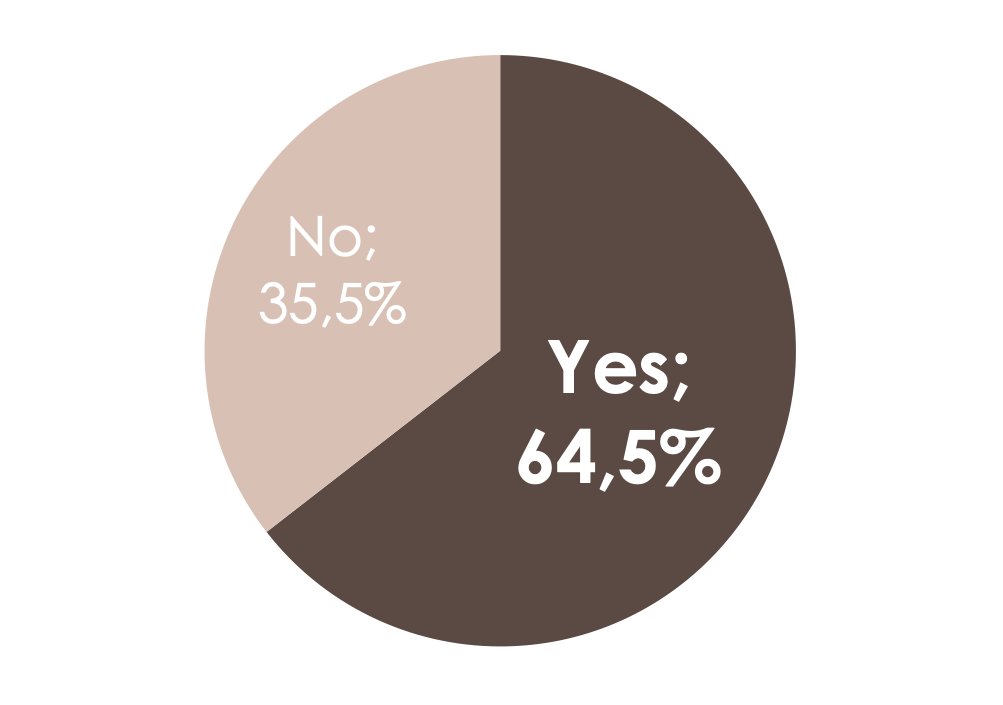
Have you experienced staying in a temporary housing (max. 6 mons) for studying abroad?
(N=30, international students)
The survey also shows that when people express their comfort and discomfort in various situations, the lack of storage evokes the most uncomfortable feeling.
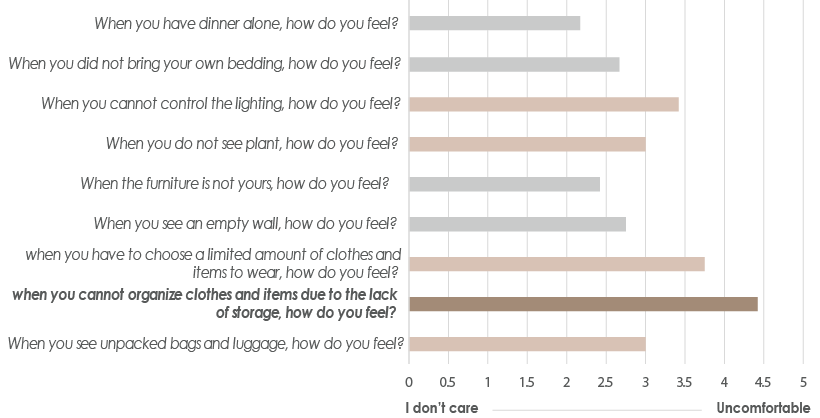
(0-5 Likert scale, N=30)
Research Questions
RQ 1. What is the difference between temporary staying and home living?
RQ 2. How do people define “HOME”?
RQ 3. What factors in Home make people feel it’s home?
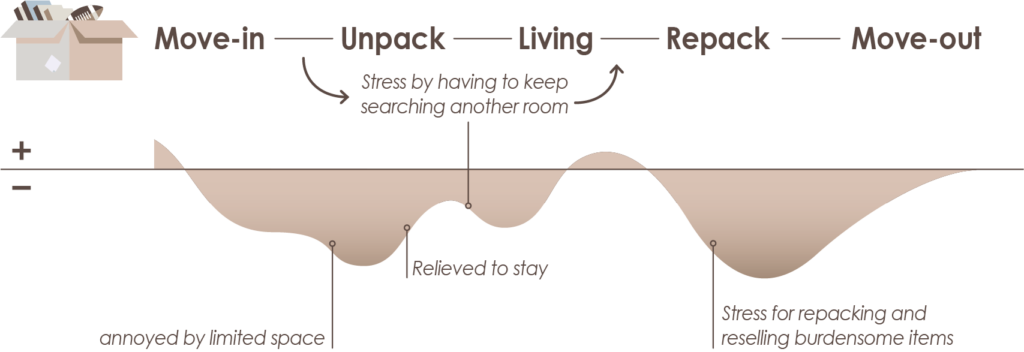
When students are in temporary staying,
“I have so many books already that’s like too many things because next time where you’re going to move you know like what am I going to do with that.” _ Interviewee 07
“I feel uncomfortable when the luggage bags are over there. When you are at home, there is no luggage” _ Interviewee 01
they feel restricted autonomy thinking about the move-out date and get anxious.
When students are in Home,
“That apartment grew with me like we developed together to become a whole kind of.” _ Interviewee 06
“I made this one (like a doll) it started to make my room a little bit more. I had more things that I made and take care of.“_ Interviewee 02
they define home as something growing with them so that they get more intimate to the place at last. Home fulfills autonomy.
Design Direction
- How might we organize students’ belongings without much effort and make their living place to be much cozier?
- How might we give autonomous and inspiring feelings to students in unpacking belongings??
- How might we reduce a burden to unpack and make them feel comfortable?
Interaction Vision
👉 Relaxing with a bonfire in an adventurous environment
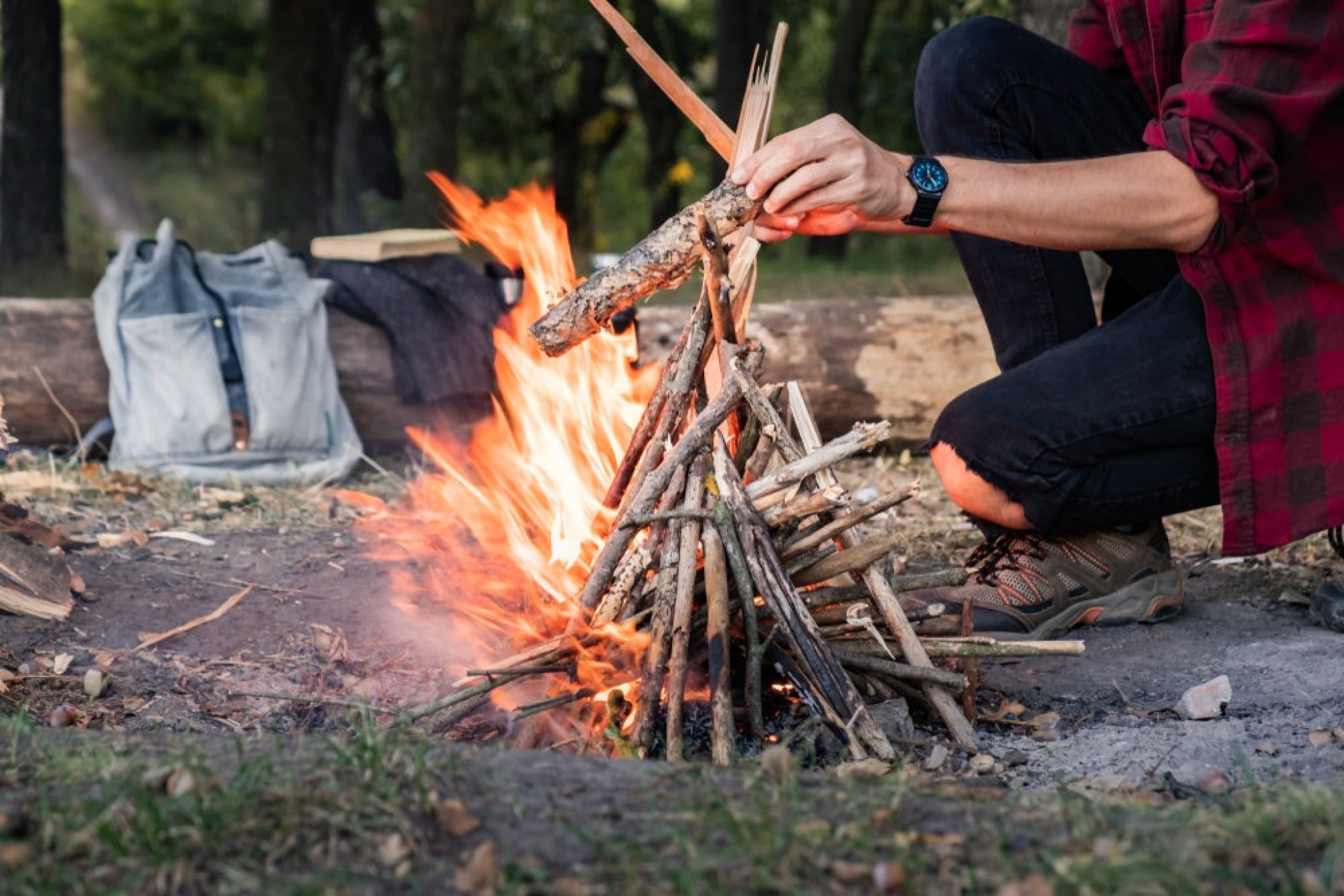
🥾 Adventurous: Lighting a fire in an adventure is a challenge yet gives a sense of accomplishment amidst uncertainty.
💪 Autonomous: Building a bonfire structure with twigs makes them feel autonomous.
💡 Inspiring: People can learn from and get inspired in a new environment.
🥰 Cozy: Watching while feeling the heat of fire gives a feeling of calm, warmth, and coziness.
Ideation
Out of the initial ideas in cycle 1, the second idea was chosen to create a prototype because it is the most relevant and innovative design direction.
Idea 1.
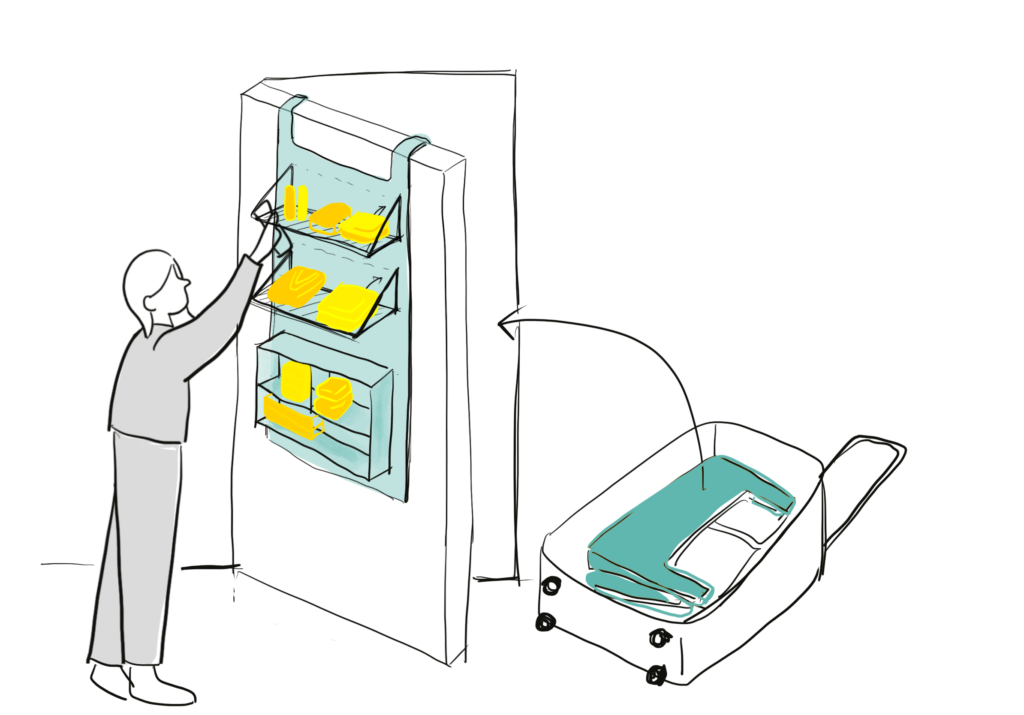
Utilize the existing components of a space
Idea 2.
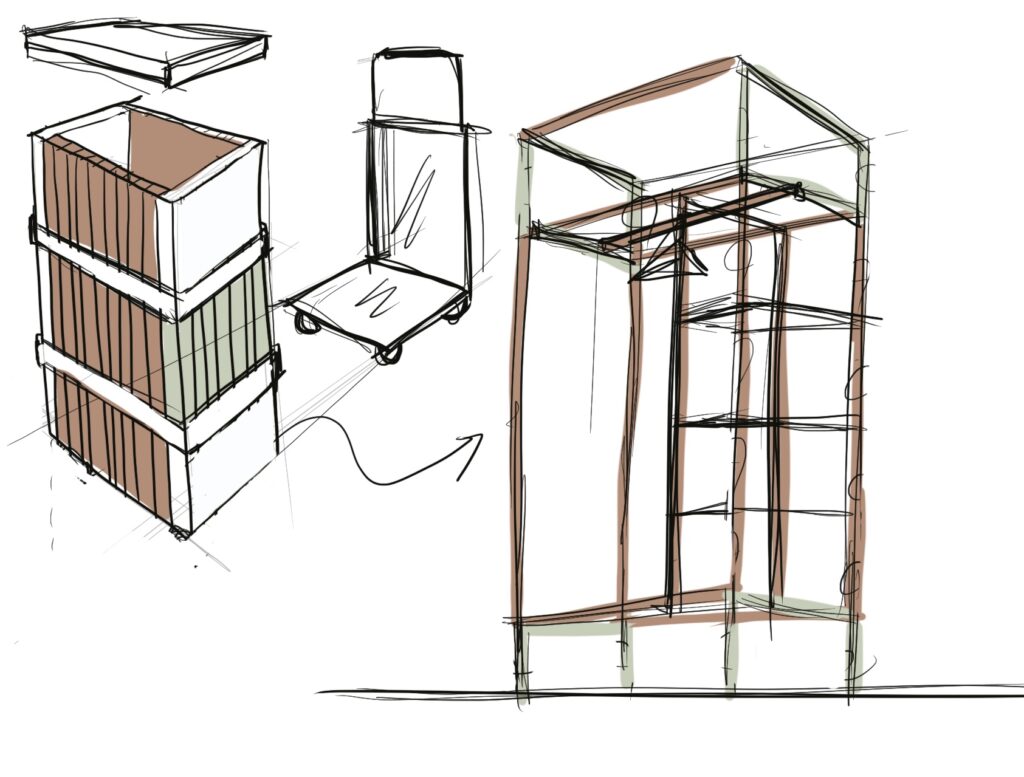
Innovate the components of the luggage and applying it to the transformative organizer
Idea 3.
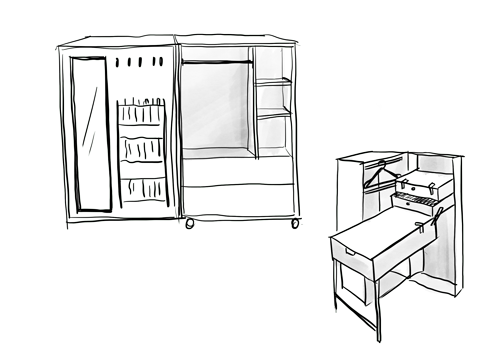
Personalize a movable cabinet
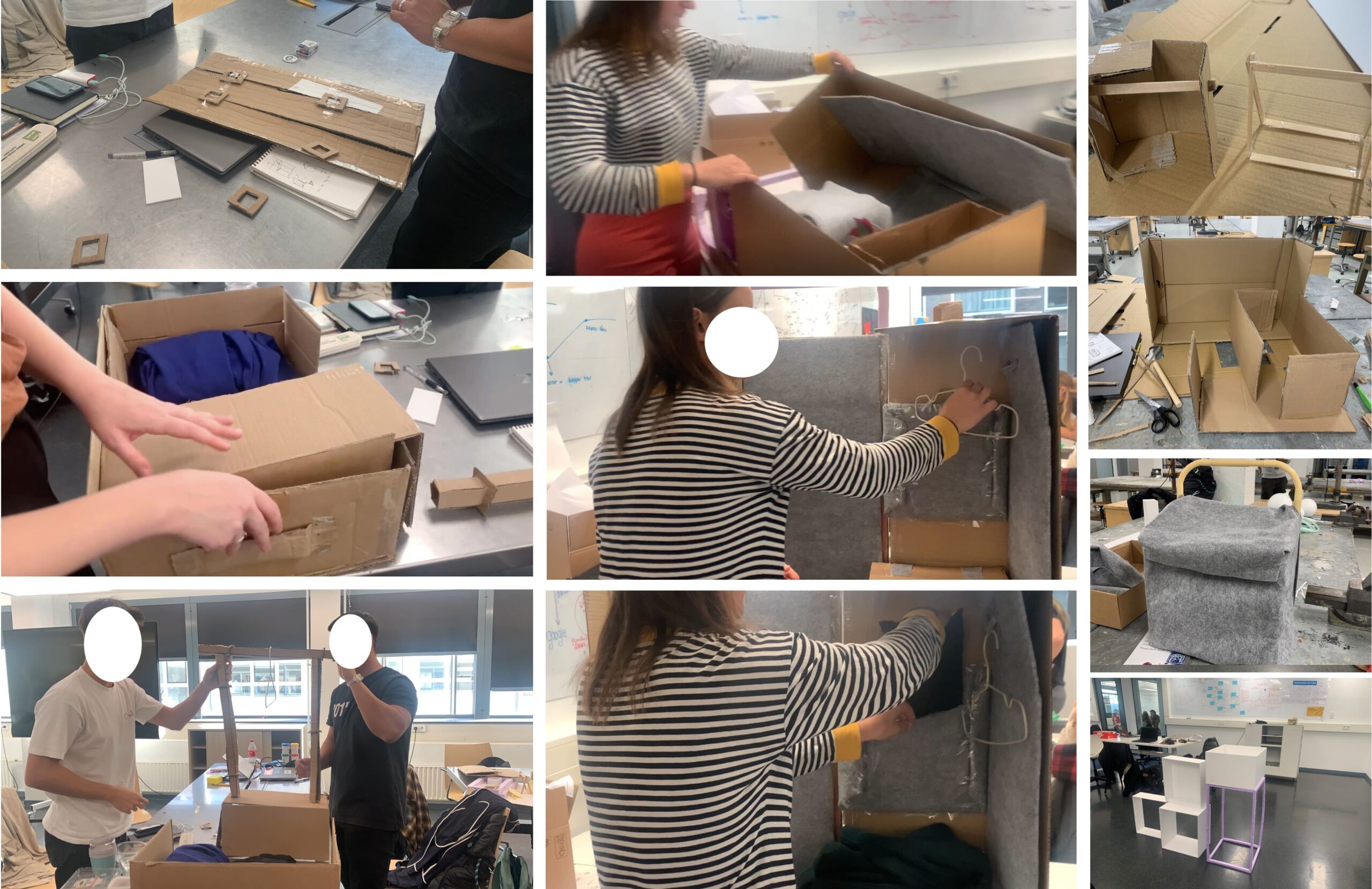
Prototyping & Test
RQ 1. How do users react to the luggage and use it?
RQ 2. How are they feeling when assembling a clothes rack with luggage?
RQ 3. Does the product evoke a home feeling? If not, what are the constraints?
RQ 4. How are they feeling when organizing clothes?
#1. Unfolding way of a suitcase
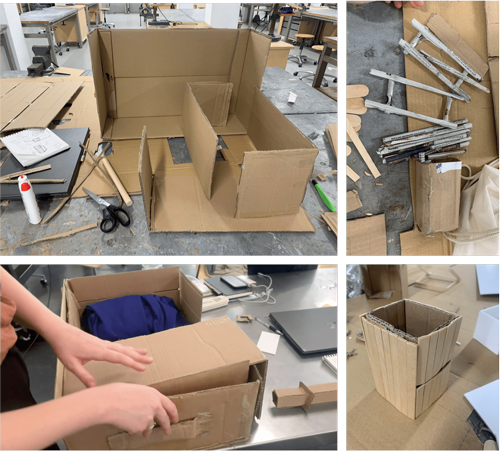
#2. Open closet way of a suitcase
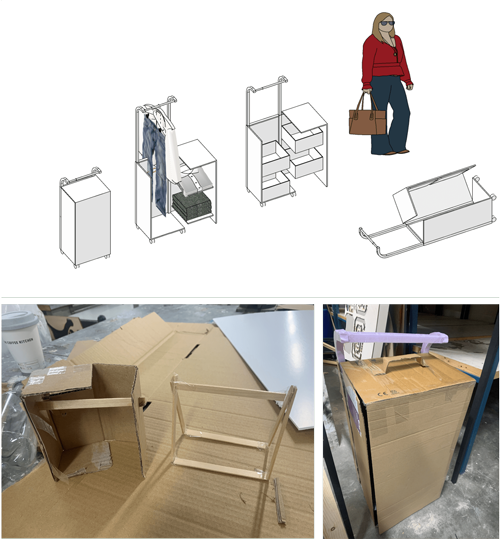
#3. Wrapped with stiff fabric, frames left can be transformed into a wardrobe rack.
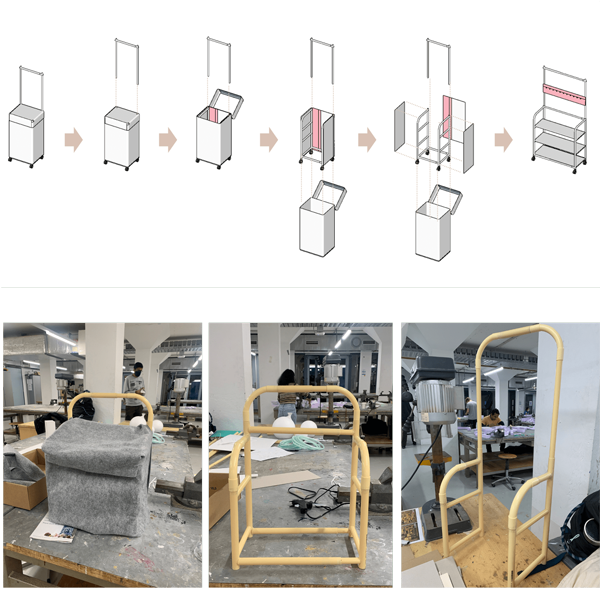
#4. Box frames wrapping luggage frame can become a shelf
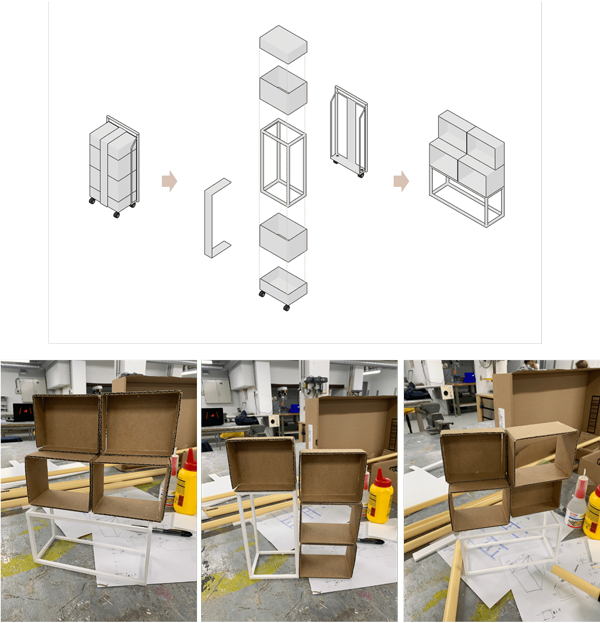
Four takeaways from the tests
- The transformable luggage should be functional regarding flight luggage regulation.
- The interaction of disassembling luggage components and assembling new furniture has to be easy to use yet challenging to some extent for users to feel autonomy and accomplishment.
- To evoke a home feeling, personalized design is essential to consider.
- Finding fundamental factors of evoking home feeling is important.
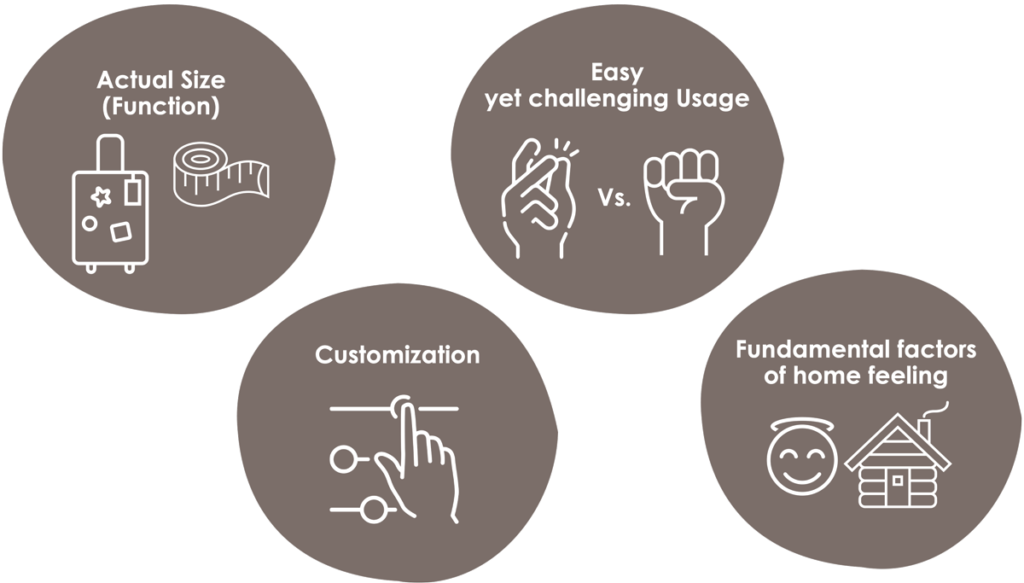
Final Concept
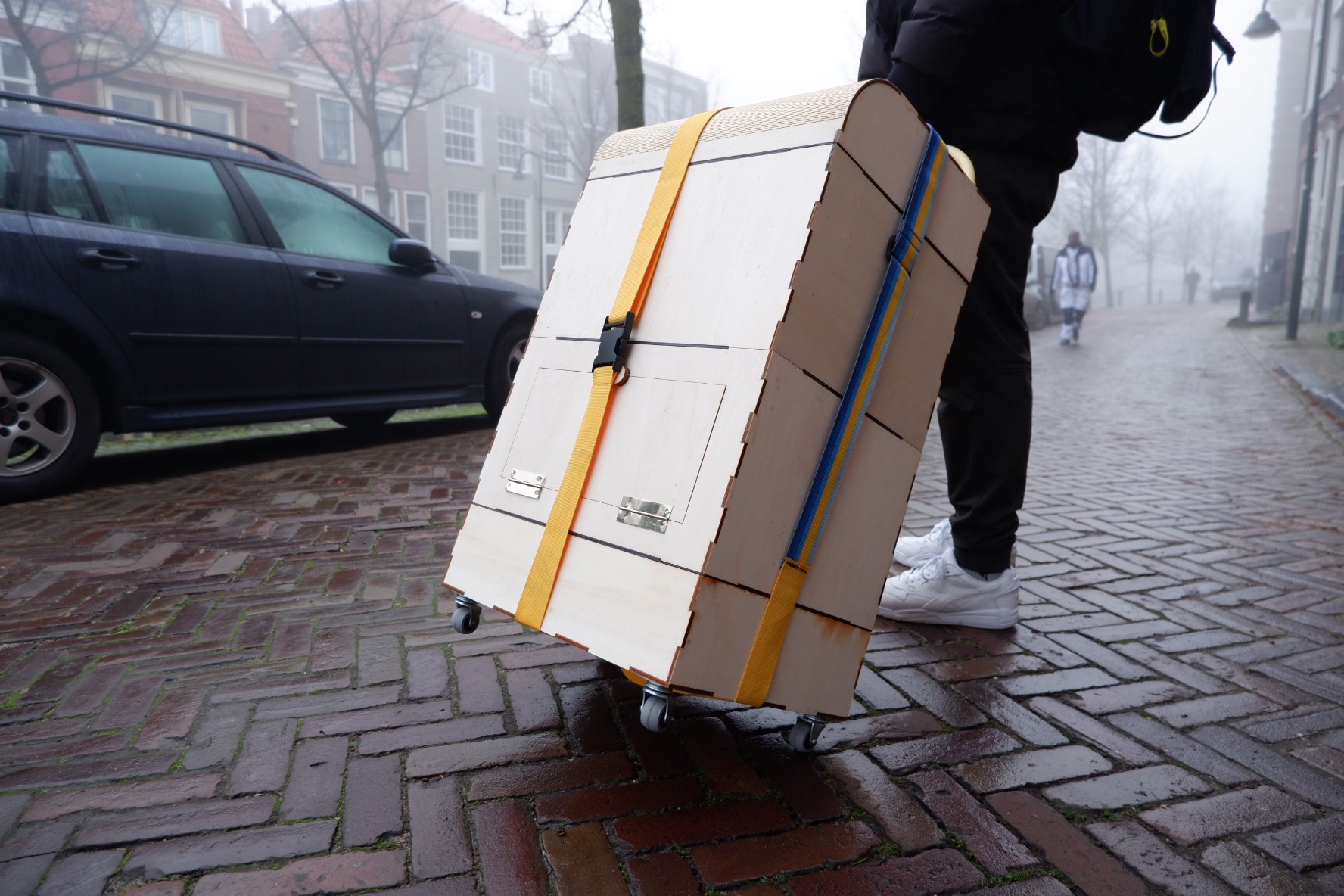
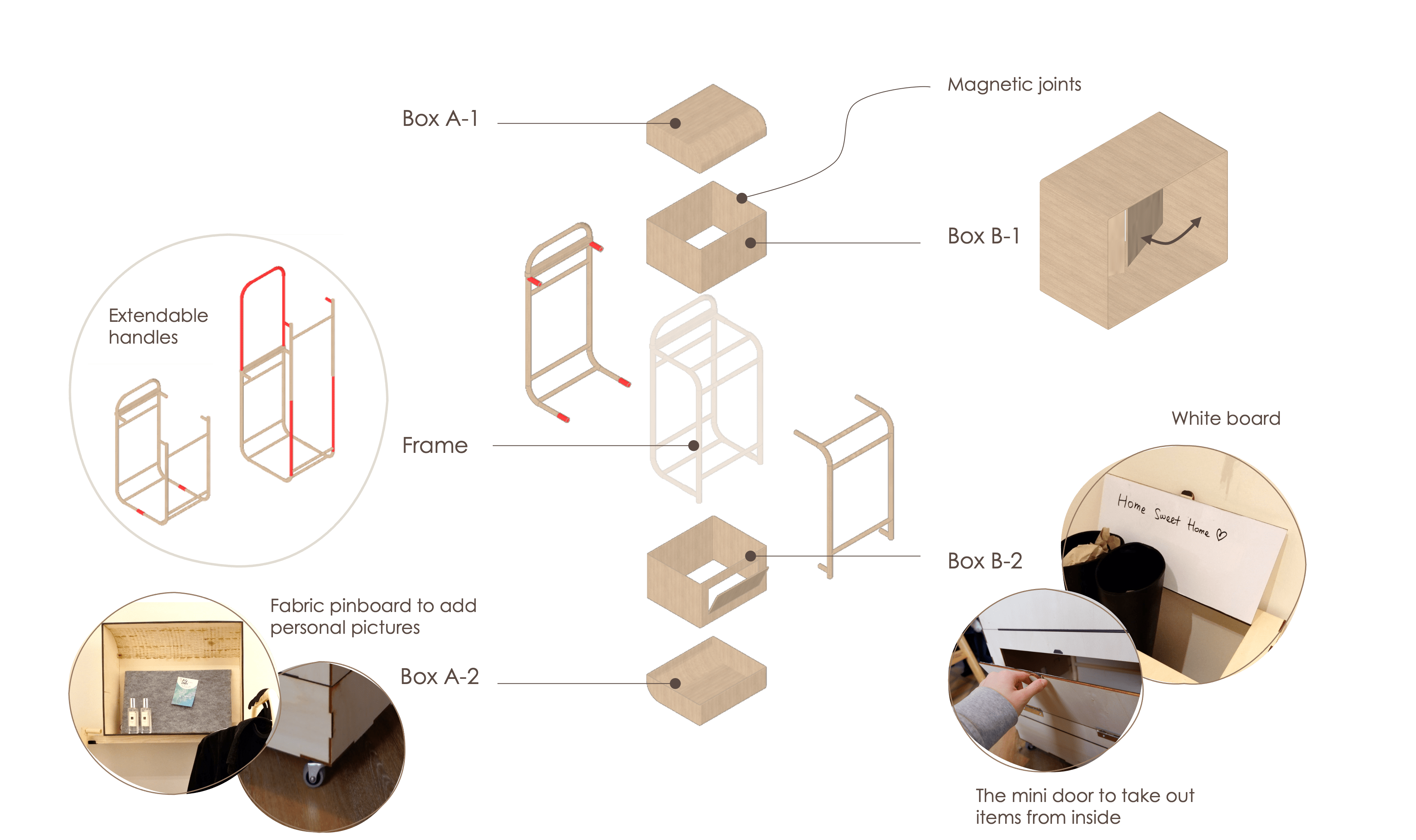

Evaluation
Evaluate the tendency or difference in feelings of “before/during/after” based on four criteria:
- Emotional
- Behavioral
- Attitudinal
- Usability
Insights 1. The design can enhance home-feeling.
The moment of “getting organized (DONE) and zooming out of the room” evoked feeling being at home.
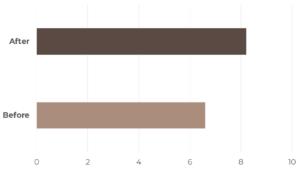
(0-10 scale)
Insights 2. The design can inspire users to increase autonomy as if being at home.
9 of 9 say “YES” to the question “Did the product inspire you?”.
“I got inspired to arrange the boxes creatively.”_ Participant 3
“various potential combinations, my new routines shaped by this structure” _ Participant 6
“Learning about the potential of structure”_ Participant 1
“the freedom to reorganize” _ Participant 9
Insights 3. The design gives an optimal challenge for the users to increase autonomy.
The average degree of ease in building a system was 8 out of 10 points, which meant it was quite easy to build a structure and optimal to challenge.

(Mean, 1-10 scale)
